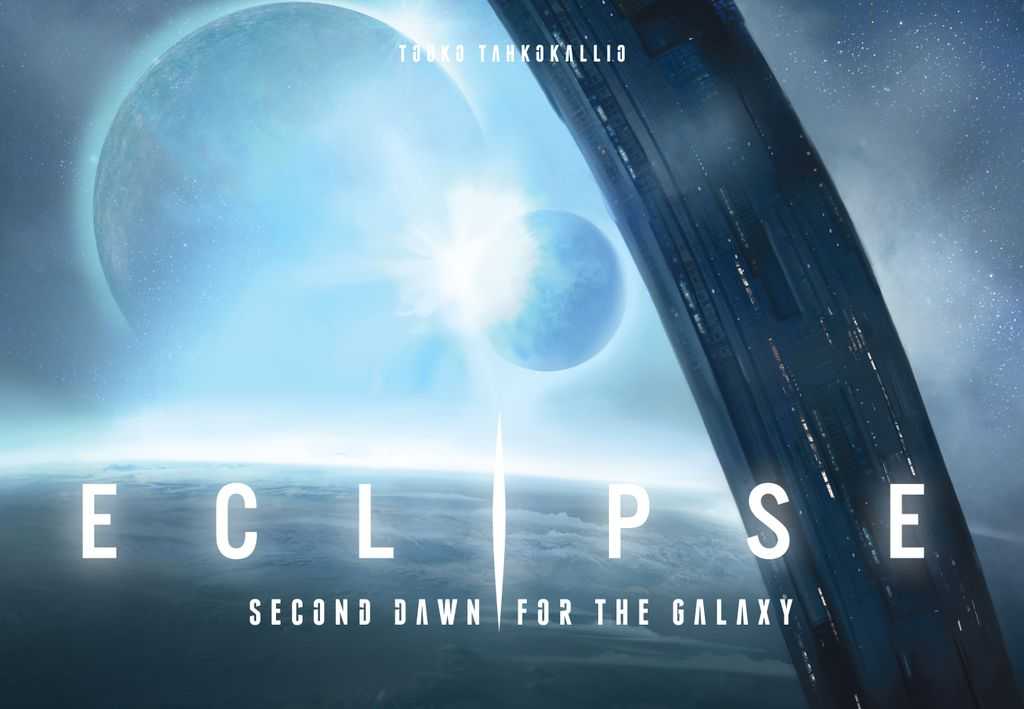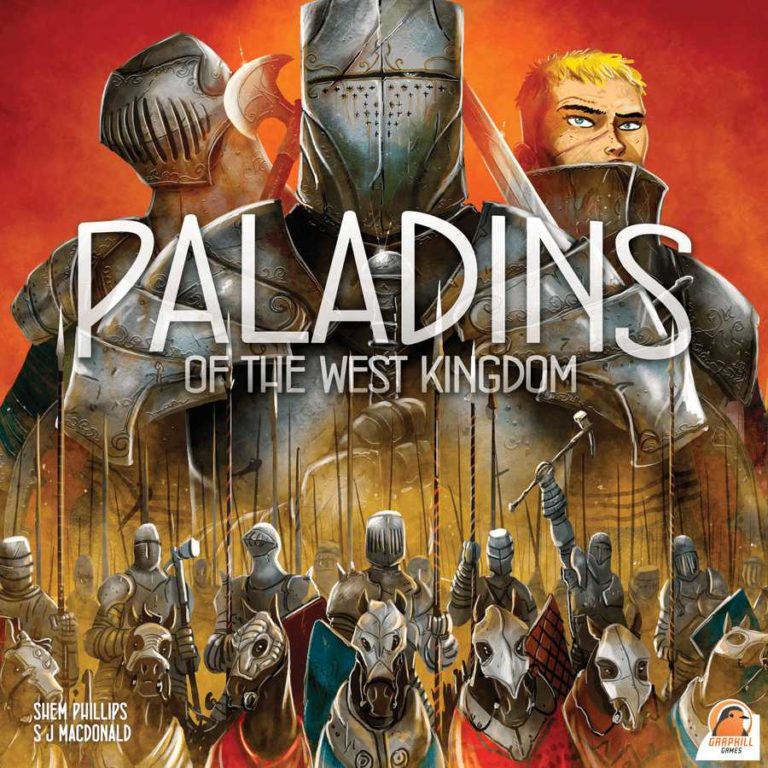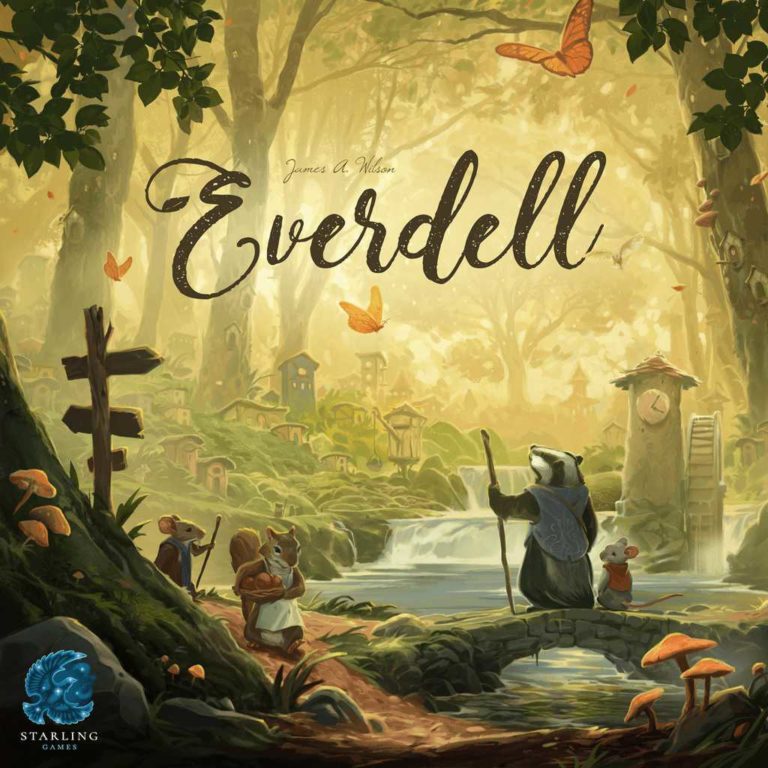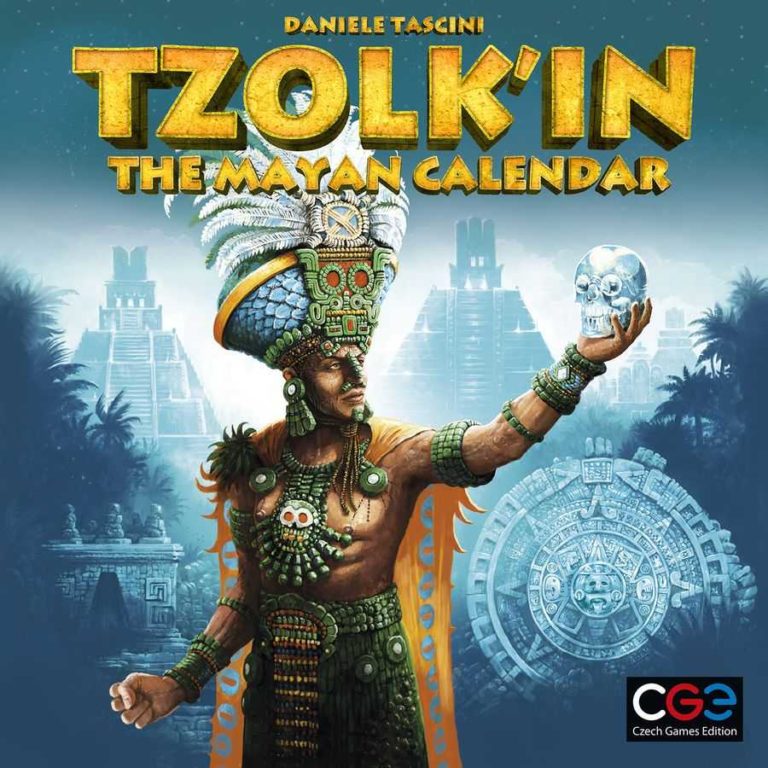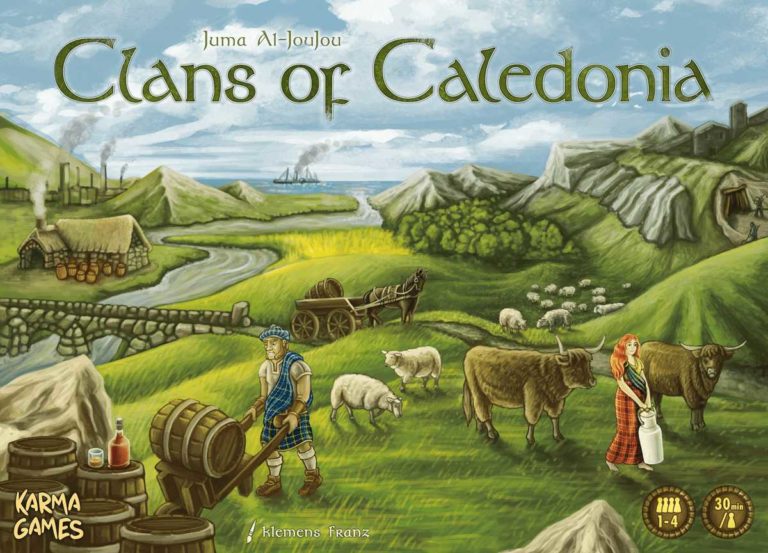Eclipse: Second Dawn For The Galaxy Review – Expert Insight
Eclipse: Second Dawn For The Galaxy Review – Expert Insight
Eclipse: Second Dawn for the Galaxy stands tall amongst its 4X (explore, expand, exploit, exterminate) brethren, offering an immersive venture into the final frontier. Having spent umpteen hours orchestrating my interstellar conquests and diplomatic endeavors, I feel equipped to give an in-depth Eclipse: Second Dawn for the Galaxy review. This game, with its promise of building and leading a space-faring civilization to dominate the galaxy, immediately beckoned my curiosity and strategic senses.
Key Points:
- Eclipse: Second Dawn for the Galaxy offers an immersive 4X tabletop experience set in the final frontier.
- The game features a galaxy brimming with opportunities and threats, challenging players to make swift decisions.
- It boasts unique civilizations, ship customization, economic management, and tactical maneuvering through the cosmos.
- The second edition of Eclipse refines the experience with improved combat clarity, enhanced artifacts, and a streamlined diplomacy system.
- The game’s components are well-designed, offering a tactile pleasure and thematic immersion.
- Eclipse caters to different play styles, offers scalability for various player counts, and provides an average playtime of 2-3 hours.
- The game’s complexity enhances its replayability, inviting players to continuously refine their tactics in each unique game session.
Remember those dreamy nights spent gazing at the stars, wishing you could reach out and sculpt the cosmos? Eclipse: Second Dawn for the Galaxy turns that into a tactical tabletop experience. With each session, a galaxy brimming with opportunities and threats unfurls before you, challenging you to make swift decisions on the fly. And unlike the daunting day-long commitment of some of its genre contemporaries, Eclipse delivers a gratifying, deep strategy space epic within a more accessible time frame.
Throughout this Eclipse: Second Dawn for the Galaxy review, I’ll recount personal tales from starship skirmishes to forging fragile alliances all the while guiding you through the game’s mechanics, enhancements from the original, and why it’s garnered so much acclaim. Whether you’re a seasoned cosmic emperor or a rookie starfarer, join me in this deep dive. We’ll explore everything from the riveting solo adventures to the dynamic multiplayer experiences that Eclipse promises.
Journey into the Vastness of Space
Eclipse’s siren call of galactic domination has beckoned players to its universe of endless possibilities, and Second Dawn beckons with even more allure. For those unfamiliar, picture a canvas where the strokes of your decisions paint the path to victory or the depths of space oblivion. My own journey has been punctuated with evenings spent bargaining with friends, only to backstab them for a crucial system, and sessions that ended with the awe-inspiring spectacle of a fully customized fleet triumphing against all odds.
The Premise of Eclipse: Second Dawn for the Galaxy
Imagine this: you’re at the helm of an interstellar civilization, eyes set on the sprawling cosmos. Your mission is clear: to eclipse your rivals in technological might, territory, and military strength. The moment you unfold the game board, a galaxy of hex-shaped sectors invites exploration, conquest, and, if you’re like me, a healthy dose of paranoia. Every session feels novel, teeming with narratives of diplomatic finesses or colossus battles that hang heavy in the air even after the last starship mini is packed away.
Each civilization in Eclipse: Second Dawn has a unique flavor, carving out a distinct play experience. I still reminisce fondly about my first game as the Hydran Progress; their technological prowess, while a beacon of hope, also painted a target as big as a supernova on my back. Whether you’re magnetized by the political intrigue or the spectacle of a dreadnought fleet clashing against space fortresses, Second Dawn sets a stage where every player can etch their own epic saga.
In Eclipse: Second Dawn, every player can create their own epic saga in a galaxy of exploration and conquest, with unique civilizations and narratives that make each session feel novel and teeming with potential.
Core Mechanics and Gameplay
Eclipse: Second Dawn for the Galaxy is as much about strategic foresight as it is about adapting to the unexpected. You’ll start by strengthening your foothold in your corner of the universe, but soon you must venture into the unknown, each turn holding the tension of possible conflict or the boon of valuable resources. The game is a dance of accumulation and allocation, where players jockey for position on multiple fronts.
The core mechanics fuse together a delicious combo of ship customization, economic management, and tactical maneuvering through the cosmos. In my own adventures, I’ve found the Eclipse delivers a sense of urgency, each action chipping away at the veneer of strategy to reveal either a masterstroke or a misstep. For those like myself who appreciate meticulous planning, managing your economy to fuel your war machine or research endeavors presents an enduring puzzle, only punctuated with the high-stakes gamble of space combat.

The Evolution of a Classic
Second Dawn stands on the shoulders of the sprawling, epic original Eclipse, casting a grand new shadow with its refined systems and streamlined play.
Comparing Second Dawn to the Original
Diving into Eclipse’s second iteration was akin to discovering familiar constellations in an alien sky. Second Dawn rings true to the heart of the original, maintaining the robust core that made Eclipse an iconic title. However, what struck me was the nuanced improvements that refined the experience. Picture this: the snarl of combat is now clearer, artifacts hold greater mysteries, and the political arena buzzes with increased potential for cunning plays. Where the original was bold, Second Dawn is courageous.
The alterations may seem minute on paper, but in practice, they translate to a gameplay flow as graceful as a comet. If you’ve played the original, imagine a game that feels tighter and more responsive; if each mechanic were a gear, then Second Dawn has greased them to perfection. I’ve found these little tweaks significantly impact the way I approach the galaxy each game, whether I’m planning an economic utopia or building a space armada capable of bringing opponents to their knees.
Second Dawn is a courageous iteration of Eclipse, with nuanced improvements that refine the gameplay experience to feel tighter and more responsive.
What’s New in the Second Edition?
Second Dawn isn’t just a rehash; it’s a comet’s transformation into a supernova. The first time I unpacked this new edition, the game trays and redesigned components were enough to make my heart skip a beat. The elegance of the new ship designs, the clarity of the ruleset, and the sleekness of the player boards; it’s as if the game underwent a cosmic renovation, emerging more beautiful than ever.
But it’s not just eye candy. The game mechanics have been polished too – like the refined diplomacy system that adds a layer of depth to those inter-player negotiations. It feels like truly navigating the precarious waters of galactic politics. The streamlined research track makes strategic choices even more impactful, ensuring what you decide resonates through the epochs. For veterans, it’s a breath of fresh air; for new players, it’s an inviting gateway to the stars.
Delving into the Galaxy
The true soul of Eclipse: Second Dawn reveals itself once you delve beyond the surface and into the very essence of galactic conquest itself.

Exploring the Game’s Components
Unboxing Second Dawn is like opening a capsule of the cosmos. I vividly recall my first encounter with the components; the heft and detail of the ship miniatures, the intuitive iconography on the tiles, and the tactile pleasure of upgrading a ship with a well-earned tech module. These elements come together to echo the grandeur of space while simplifying what could easily be an overwhelming assembly of parts.
The game trays deserve special mention; they don’t just organize – they optimize. Streamlining setup and breakdown times means more gaming and less fumbling. You genuinely appreciate these quality-of-life improvements when you’re four hours into a session and can still find everything with ease. And with a group around the table, this seamless integration keeps everyone focused on the unfolding drama of the galaxy instead of the logistics of pieces.
The Art of Space Warfare
Now, the art of space warfare in Second Dawn is both a visual and a tactical spectacle. The satisfaction of deploying a fleet of ships, each a canvas of your strategic decisions, is unparalleled. The combat system envelops you in genuine tension; you can almost hear the faint echo of blaster fire and the hum of shields as dice clatter, deciding the fate of your armada.
Each encounter carries weight. Will you utilize the versatile interceptors, the resilient cruisers, or the awe-inspiring dreadnoughts to stake your claim amongst the stars? My most exhilarating moments were those where battles unfolded on the edge of uncertainty, where fortune favored the bold and the well-prepared. Second Dawn ensures that the destiny of your ships is yours to forge, whether through tactical dice rolls or the potent strategies you put into place before the first shot is fired.
Engage in the visual and tactical spectacle of space warfare in Second Dawn, where deploying a fleet of ships becomes a canvas of strategic decisions, enveloping you in genuine tension and the fate of your armada.
Strategic Depth and Complexity
To grasp the strategic depth and complexity of Eclipse: Second Dawn, one must delve deep into its galaxy-spanning encounters and the intricate dance of resource management and sheer firepower.
Ship Customization and Fleet Building
Ship customization in Eclipse: Second Dawn is a masterclass in offering player choice. Becoming the architect of your fleet instills a sense of pride and attachment to your armada. Do you recall those childhood dreams where you built spaceships out of blocks and imagined them sailing across starfields? Eclipse turns that dream into reality. Often, before a session, I wondered what kind of technological terror my opponents might unveil, and my anticipating the next fleet-building decisions is as thrilling a strategy as any.
Fleet building in Second Dawn is a symphony conducted with technology tiles and blueprints. It’s a layered process where every choice has consequences. New power cores make way for additional weapons, improved hulls amplify resilience, and enhanced drives extend your reach. I remember the moment when my optimized ships, customized to perfection, first rolled out of the space dock; it was as if my strategic vision had materialized, ready to defend my empire or conquer new horizons.
Resource Management and Economic Strategy
Eclipse: Second Dawn requires a deft hand at resource management to secure victory among the stars. Imagine orchestrating a ballet where the dancers are materials, science, and credits, each moving in unison to the rhythm of your grand plan. The economy of Eclipse isn’t something you can leave on autopilot; it demands attention, calculation, and, sometimes, high-stakes gambles.
I’ve sat at the board, agonizing over whether to invest in a fleet, a critical technology, or expansion into new systems, each decision a fork in the road to supremacy. The thrill of launching an exploration mission knowing it might overextend your economy versus the satisfaction of consolidating your power and biding your time is a delicate balance that Eclipse captures splendidly. Second Dawn elevates this experience with nuanced tweaks that ensure your strategic choices have palpable consequences, reinforcing the sensation that you’re truly the master of an interstellar empire.
The Multiplayer Experience
The beating heart of Eclipse: Second Dawn lies in its multiplayer experience, where every player’s strategies and ambitions collide in a shared galaxy.

Diplomacy and Alliances Amongst the Stars
In the void of space, the words spoken and treaties made at the table can be as potent as the grandest fleet. Diplomacy in Second Dawn is multifaceted, requiring a mix of guile, honesty, and sometimes a poker face worthy of a galactic council. These negotiations shape the dynamic tapestry that every game becomes.
My most memorable sessions often pivoted on the hinges of temporary alliances and shrewd negotiations. The commitment to an alliance or the timing of a betrayal can sway the course of the entire game. I’ve grinned across the table sharing strategy and whispers, only to later watch alliances crumble like asteroids, emphasizing the cold truth that in Eclipse, trust is as valuable as it is volatile.
In the game of Eclipse, trust is as valuable as it is volatile, shaping the dynamic tapestry of negotiations and alliances that can sway the entire game.
Scalability and Game Balance
Scalability and game balance are the pillars upon which the enjoyment of any 4X game rests, and Second Dawn handles these with aplomb. Whether you’re facing down one adversary or five, the game scales to maintain tension and balance. The mechanics fluidly adjust, ensuring that no player feels unfairly cornered, nor too sprawling to be touched.

My experiences have varied from intimate duels where every move felt like a strategic thrust and parry, to grand melee where alliances formed and dissolved like supernovas. Second Dawn’s design accommodates everything from a cozy two-player confrontation to a full star map bustling with contenders, all the while maintaining that intricate dance of power and diplomacy that makes each play-through a unique story in the annals of your gaming history.
Incorporating the word “second dawn” where it naturally fits without forcing it into the writing. The review should organically reflect the personal experiences, insights, and authority on the subject matter. It should be clear, engaging, and inclusive, covering the diverse aspects of the game including solo and multiplayer experiences, aesthetics, theme, component quality, and more, ending with a reflective conclusion that invites the reader to share their experiences or thoughts on Eclipse: Second Dawn for the Galaxy.
The Solo and Two-Player Experience
Board gaming is often a social affair, but there’s something quite special about the intimacy and focus of a solo or two-player game session, especially with a title as epic as “Eclipse: Second Dawn for the Galaxy.” Whether you’re competing against the game’s AI or sitting across from a single rival, these modes of play highlight different facets of strategy and engagement within the game’s vast universe.
Adjustments for Different Player Counts
“Eclipse: Second Dawn for the Galaxy” adapts fluidly to various player counts, ensuring that the game remains balanced and challenging no matter how many are at the helm. With fewer players, the game scales by adjusting the number of sectors to explore, thereby maintaining the density of potential encounters and strategic depth. When playing solo, the game introduces automated opponents, each with their own tactics and priorities, cleverly simulating the presence of rival factions.
During a two-player game, the galaxy still feels brimming with danger and opportunity, as both players vie for supremacy in a chess-like match of wit and resources. The tension is palpable, as every move, every alliance, and every betrayal can have sweeping consequences, potentially turning the tide of the interstellar struggle. These modifications not only honor the game’s core mechanics but also return something cherished – a variety of experiences, each with their own unique flavor.
Exploiting the streamlined ruleset, Eclipse ensures that transitions between different player counts are seamless. The game’s components include modular elements that can be added or removed as needed, preserving the game’s integrity. Whether it’s the strategic placement of neutral ancients or the reduced need for diplomatic discussions, Eclipse respects your time and the number of friends you’ve managed to round up for an adventure among the stars.
Why Eclipse Shines with Two Players
There’s a certain finesse to the two-player games of “Eclipse: Second Dawn for the Galaxy” that makes them stand apart. Here, the focus is razor-sharp; you’re in an enthralling duel where every decision is deeply significant. Anticipation hangs in the air as players juggle the quiet buildup of their civilizations with the looming threat of conflict. This tension, combined with the ever-present struggle for resources, makes each session a nail-biting encounter.
Furthermore, in a two-player setup, the intricacies of ship customization and fleet maneuvers come to the fore. You’re not just building an armada; you’re crafting a carefully tuned instrument of war – or perhaps a beacon of peaceful exploration. The dual strategies at play can often result in some of the most memorable moments in your gaming experiences, where a single, well-timed gambit can swing the game in your favor or see your aspirations crumble like a meteor pummeled by the relentless forces of gravity.
Aesthetics and Theme Immersion
When diving into the abyss of space in “Eclipse: Second Dawn for the Galaxy,” the aesthetic presentation does more than just please the eye – it fosters complete thematic immersion.
Visuals and Component Quality
The moment you lay out the components of “Eclipse: Second Dawn for the Galaxy,” it’s apparent that you’re embarking on more than just a strategic conquest; you’re at the cusp of a rich narrative experience. The components themselves speak volumes, with game trayz that not only facilitate smooth setup and tear-down but also give an intuitive understanding of your civilization’s logistics and technological advancements.
The visuals are a symbiotic partner to gameplay, where every ship, sector, and tile carries the weight of a universe on the brink. And let’s talk about the upgraded miniatures – each one a shrine to detail and design. They are not just tokens on a board; each is a vessel for your ambitions. Shuffling through the well-organized game trayz, I remember feeling like a true space admiral poring over a holographic command table, plotting the course of destiny.
Quality materials have been used throughout, which not only adds a tactile pleasure to the game but also ensures durability for repeated plays. The vibrant color palette juxtaposed against the dark void of space creates an atmosphere that’s both inviting and foreboding – a constant reminder of the vastness and mystery of the cosmos.
Embark on a rich narrative experience in Eclipse: Second Dawn for the Galaxy with intuitive game components, detailed miniatures, and quality materials that create an immersive space adventure.
Thematic Consistency Throughout Gameplay
In “Eclipse: Second Dawn for the Galaxy,” every action is a thread woven into the fabric of an unfolding space opera. The game masterfully blends mechanics and theme, ensuring that whether you’re researching a technology or engaging in a fraught battle, you feel intimately connected to the unfolding narrative.

There is an intrinsic harmony between what you’re doing and why you’re doing it. Shrewdly outmaneuvering an opponent to secure a key sector of the galaxy isn’t just a strategic win – it’s a moment that could seal your people’s fate, for good or ill. As your empire expands and your fleets glide across the board, each move feels like a decisive command issued from the heart of your intergalactic headquarters.
Even the seemingly mundane acts of resource management and economic expansion carry with them the gravity of ensuring the survival of your species in the merciless void. This thematic consistency is a rare find, a galaxy’s worth of storytelling potential within the confines of a game’s mechanics, granting even the driest eurogamer a moment of cinematic heroism.
Expert Insight on Gameplay Nuances
Delving into the nuances of “Eclipse: Second Dawn for the Galaxy” evokes the thrill of charting a map to hidden treasures, each gameplay layer revealing new strategies to explore.
Advanced Strategies and Tips
Veterans of the game will tell you that mastering “Eclipse” is tantamount to mastering the art of opportunity. A key element is to know when to pivot from silent expansion to aggressive conquest. Timing attacks for when your opponents are stretched too thin can turn the tide. Also, keep a sharp eye on the center sector; it’s a goldmine of resources and influence, but it’s also everyone’s target.
While ship customization is enthralling, don’t fall into the trap of overengineering. Prioritize versatility in your fleet, allowing you to adapt to unexpected encounters. And remember the old adage, ‘science is power.’ Securing technologies that enable you to act and react more efficiently can be the keystone of your interstellar empire.
Developing a trade economy early on can fuel your expansion efforts significantly. Establishing a robust resource network isn’t the most glamorous path to victory, but it’s often the spine of the most dominant empires. Finally, forge alliances wisely; they can be a great asset or your undoing, should you choose to trust the wrong faction.
Common Pitfalls and How to Avoid Them
The universe is a puzzling place, and it’s easy to get caught up in the vastness of “Eclipse: Second Dawn for the Galaxy”. One common pitfall is ignoring fleet composition. It’s exhilarating to field a mighty dreadnought, but without screening ships and a balanced force, a single vulnerability can lead to your downfall. Achieving a mix that can handle various threats is critical.
Another error is misjudging the pacing. Overextending in the early game might leave your empire sprawling but fragile. Pace your expansion and solidify your holdings before thrusting out into the unknown. You must also be mindful of the endgame. In that final round, watch for players who have been quietly amassing strength – they are often poised to make a game-winning power play. Always prepare for the end as much as, if not more than, the beginning.

Fleet composition, pacing, and endgame preparation are critical elements to master in Eclipse: Second Dawn for the Galaxy.
FAQs
1. How does Eclipse: Second Dawn for the Galaxy cater to different play styles?
Eclipse: Second Dawn for the Galaxy caters to different play styles by offering a well-balanced mix of strategy, exploration, and combat. Players who prefer cautious expansion and careful planning will find as much to enjoy as those who lean into aggressive conquest. The game’s flexibility allows for a wide range of approaches, so every type of gamer can carve their path to victory.
2. Can Eclipse: Second Dawn be enjoyed by newcomers to the 4X genre?
Yes, Eclipse: Second Dawn can be enjoyed by newcomers to the 4X genre. Its sleek design and the incorporation of game trays make it accessible, while tutorials and the rulebook help ease players into the depth and breadth of the game’s mechanics. There is a learning curve, but the game’s engaging nature ensures that newcomers are rewarded for their persistence.
3. What is the average playtime for a full game of Eclipse: Second Dawn?
The average playtime for a full game of Eclipse: Second Dawn is often cited to be around two to three hours, though this can fluctuate with player count and experience. This makes Eclipse an epic experience that doesn’t demand the entire day but still allows for a deep and satisfying space exploration saga to unfold.
4. How does the game’s complexity affect its replayability?
The complexity of Eclipse: Second Dawn for the Galaxy affects its replayability by offering a rich tapestry of strategies to explore. Each game unfurls differently, with new encounters and technologies that invite players to continuously refine their tactics. This complexity keeps the game fresh and exciting, inviting players back to the galaxy again and again.
Conclusion
As we draw this Eclipse: Second Dawn for the Galaxy review to a close, it’s clear this is no mere board game. It’s an interstellar journey, a saga of empires rising and falling, a meditation on power and ambition cast against the canvas of the cosmos. The grandeur of its universe, the intrigue of its diplomacy, and the thrill of its conflicts form an experience that transcends the tabletop.
Each session with Eclipse is an odyssey that echoes long after the last star has been charted and the final shot has been fired. And a sure sign of a masterful game is how it lingers in your thoughts, prompting strategies for the next encounter even as you pack away its countless components. I’ll continue to reach for Eclipse when that particular itch for expansive space odysseys needs scratching – a sentiment echoed by many fellow board game enthusiasts.
So whether you’re a seasoned gamer or a curious neophyte wondering what wonders lie in the galaxies beyond, Eclipse: Second Dawn for the Galaxy stands ready to deliver an unforgettable escapade. Until next time, safe travels through the stars, my friends. May your empires flourish and your fleets soar triumphant across the heavens.
Signing off with a heart full of stars and a head buzzing with tactics,
Lucas
More Boardgame Reviews:
This article uses material from BoardGameGeek and is licensed under the Creative Commons Attribution-Share Alike License.

